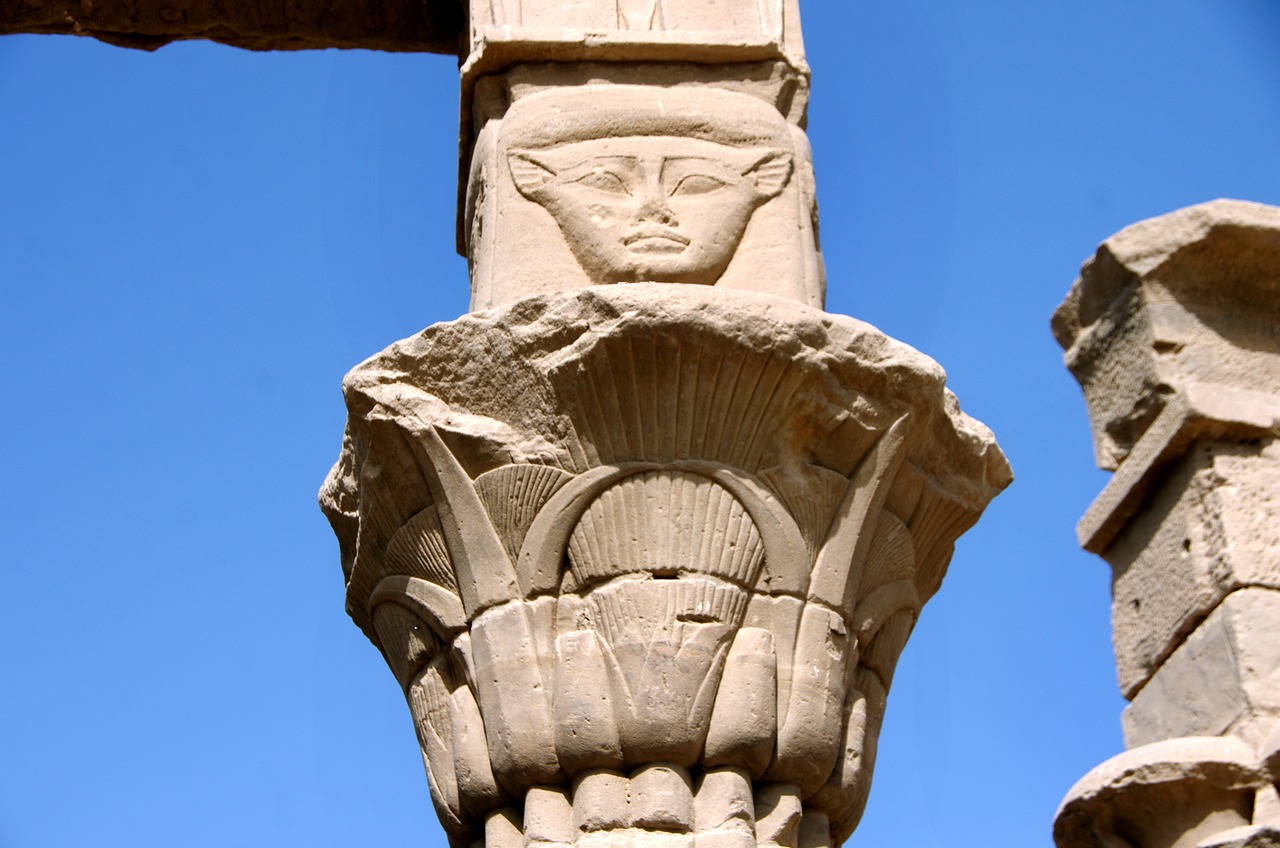Isis, the Egyptian deity celebrated for her roles in love, healing, fertility, magic, and the moon, was a pivotal figure in ancient Egyptian spirituality. Known by various names like Aset or Eset, she stood as the most venerated goddess throughout Egyptian history, maintaining her prominence even during the Greco-Roman period. Some historians suggest parallels between her and the figure of the Virgin Mary in Christianity. Let’s explore seven intriguing aspects of this iconic goddess who has influenced countless representations of female divine figures over the generations.
1. The Meaning Behind Isis’ Name
Initially recognized as the lesser-known Aset or Eset, Isis emerged from obscurity to become an integral part of Egyptian mythology. With the growth of the dynastic age, her prominence rose, leading to her eventual renaming as Isis, a Greek term meaning “Queen of the Throne.”
2. The Osiris Myth: Her First Appearance
Isis’ roots can be traced back to the foundational Osiris myth of the Old Kingdom. This story portrays Isis and her husband Osiris as the primary rulers of the world, who imparted civilization to humanity. Tragedy struck when Osiris’ envious brother Set murdered him, scattering his body throughout Egypt. In her relentless quest, Isis gathered the pieces to resurrect him, highlighting her resilience and dedication.
3. Multifaceted Roles in Mythology
As Egyptian mythology evolved, so did Isis’ roles, which encompassed various aspects of life and death. She was believed to not only restore life but also guide souls into the afterlife. A significant emblem of hers is the tyet amulet, often referred to as the “Isis knot,” symbolizing protection and the blood of Isis, which was revered in spiritual practices. Additionally, she was connected to celestial bodies, and her influence extended to agriculture, where she was thought to ensure the earth’s fertility through seasonal governance.
4. Temples Erected in Her Name
The ancient Egyptians established numerous temples dedicated to Isis throughout the land. Notable sites include one near the Nile delta at Behbeit el-Hagar and the renowned Philae Temple on Philae Island, constructed between 380 and 362 BCE. Even at Pompeii, a well-preserved temple dedicated to her was unearthed, revealing the widespread adoration she received.
5. Motherhood and Magic
As a virgin goddess who miraculously gave birth to Horus, Isis embodies motherhood. Her nurturing bond with Horus, marked by her protective efforts during his infancy, led to her portrayal as a figure of maternal dedication and sacrifice, pivotal to his ascension to the throne of ancient Egypt.
6. Depictions of Beauty
Artistic representations often depicted Isis as an epitome of beauty, adorned with an intricate headdress and lavish garments. Illustrations frequently showcase her wearing a long red dress, complete with black tresses and elaborate jewelry. Some art even depicts her breastfeeding Horus, symbolizing her nurturing qualities and commitment to her child.
7. Potential Influence on Christianity
Isis, as the archetype of the virgin mother who conceived through supernatural means, has drawn comparisons to the Virgin Mary in Christian thought. Her profound relationship with her son, who rose to prominence, has spurred discussions among scholars regarding her possible influence on later religious narratives.
The goddess Isis remains a quintessential figure, representing a blend of love, strength, and maternal sacrifice, influencing both ancient beliefs and modern interpretations of divinity.



